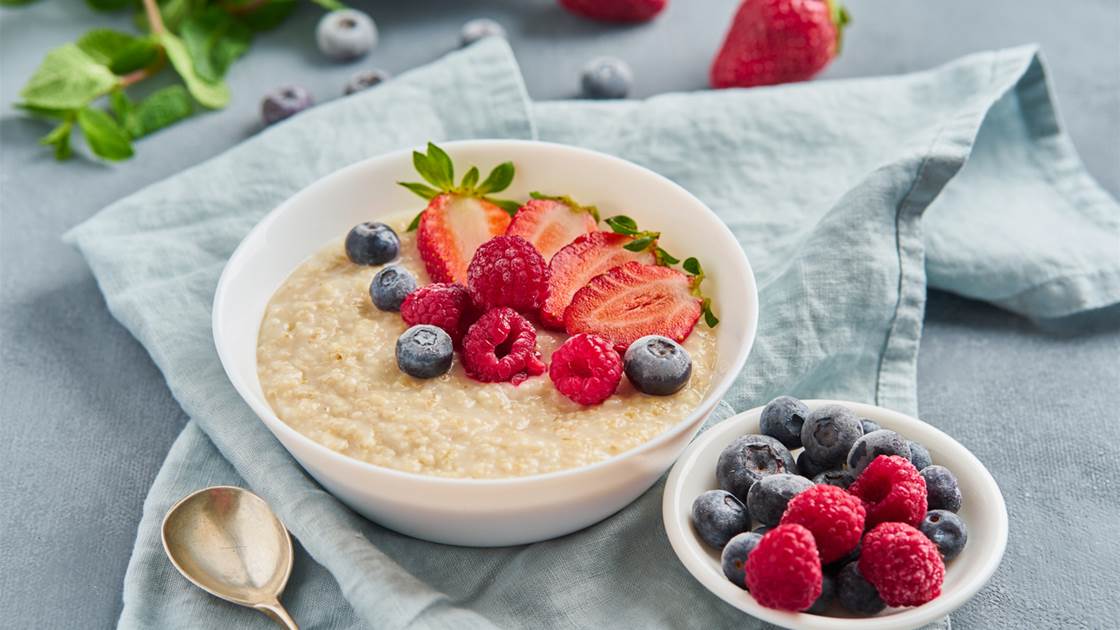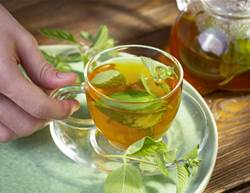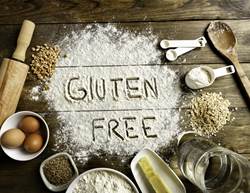Though fibre is best known for its magical ability to prevent constipation troubles, there’s a lot more good that fibre can do for you—and these good sources of fibre will help get you there.
Fibre helps lower cholesterol, reducing the risk of heart disease. It also helps reduce the risk of other diseases like colorectal cancer. Plus, it keeps your blood sugar levels from spiking and makes you feel full longer, which can help you lose weight.
We spoke with nutritionist Amy Lee about the importance of fibre in our diets and why we should be getting more of it. Dr Lee says that adults are consuming way below the recommended amount of dietary fibre. Studies have shown that this may be because there are commonly held beliefs that all whole-grain foods are good sources of fibre and that foods with fibre are expensive, unpalatable, and complicated to prepare. “This is why we see a lot of medical conditions related to a low fibre diet. Conditions such as diverticulae or colon polyps are a couple of the most common,” adds Dr Lee.
Fibre is important because “it has health benefits such as lowering your inflammation from the body (foods/preservatives/additives) as well as keeping our bowel movements regular,” Dr Lee adds.
Luckily, there are plenty of tasty options for good sources of fibre that you can incorporate into your diet with a smile on your face. Hint: prunes and fibre supplements aren’t your only options.
How much fibre do you need?
The current recommendation is 25 grams of dietary fibre for women and 30 grams for men according to Better Health. But we know our current Australian adults are consuming way below the recommended, more likely 20–25 gram of fibre daily.
According to Dr Lee, the average adult should be eating close to 40 grams if not more.
What are some things to keep in mind when adding fibre to your diet?
“Read labels,” Dr Lee suggests. “All fibre (in grams) per serving is listed on the label for foods that come in a box and/or bag for the consumer. Count the amount of fibre you are eating daily and try to increase it gradually until you reach 40 grams daily.”
For those who eat a lot of fruits and vegetables; you can google this information, as we know there are no nutrition labels on these items.
Lastly, Dr Lee recommends that you should titrate your fibre intake slowly and gradually because the bacteria (probiotics) in your gut have to get used to breaking fibre down. Adding too much fibre to your diet too quickly can cause gas and uncomfortable bloating.
Your top good sources of fibre, doctor recommended
1. Avocado
The avocado is quite a special fruit. Instead of being high in carbs, it’s loaded with healthy fats. Getting loads of fibre is just another bonus reason to order some avocado toast or guac and chips when you’re out!
Amount of fibre: 7.5 grams per 100 grams.
2. Raspberries
All berries are good for you, but raspberries and blackberries both pack the most fibre. Fresh berries can be expensive, but frozen options are usually more affordable. Try blending these in your next healthy smoothie, like this Berry, Chia, and Mint Smoothie, for that extra dose of fibre.
Amount of fibre: 5.6 grams per 100 grams of raw raspberry.
3. Dark chocolate
Dark chocolate is one of those delicious mysteries that never has to be a guilty pleasure! A higher-percentage of cocoa content in dark chocolate contains a higher concentration of fibre, as well as antioxidants and nutrients, compared to chocolate with a lower cocoa percentage. So, as long as you make sure that you are choosing a dark chocolate with a cocoa content higher than 70 per cent, you can count this sweet treat towards your daily fibre count.
Amount of fibre: 9.9 grams per 100 grams of dark chocolate with no added sugar.
4. Lentils
Lentils are very inexpensive at the grocery store and they’re packed full of protein and fibre. Mix in lentils with your favourite grain bowl or make a lentil soup to get your digestive system in full swing.
Amount of fibre: 15 grams per 100 grams.
5. Almonds
Almonds are in just about every trail mix or nut assortment you’ve ever had, yet they never disappoint. These popular tree nuts are full of healthy fats and magnesium, as well as fibre.
Amount of fibre: 10.9 grams per 100 grams of raw, unsalted skinned almonds.
6. Chickpeas
These little legumes are loaded with nutrients, including minerals and protein. Chickpeas form the base of hummus, one of the easiest spreads to make yourself. You can slather it on salads, veggies, pita chips, and more.
Amount of Fibre: 5.7 grams per 100 grams of drained, canned chickpeas.
7. Oats
Oats are one of the healthiest grains in existence. Full of vitamins, minerals, and antioxidants, overnight oats are popular now for a reason! Oats are also the go-to base for all your favourite kinds of granola.
Amount of fibre: 19.5 grams per 100 grams of rolled, uncooked oats.
8. Popcorn
Popcorn may be the best snack you can eat when it comes to upping your fibre intake. Who knew you could use fibre as an excuse to go to the movies? However, if you want to avoid the extra fat, skip the butter.
Amount of fibre: 8.8 grams per 100 grams.
9. Split peas
Split peas are made from the dried, split, and peeled seeds of peas. They’re often seen in the holiday classic, split pea soup, featuring ham. Or you can try this dip for your next dinner party.
Amount of fibre: 10.1 grams per 100 grams.
10. Chia seeds
Chia seeds may be the single best source of fibre on the planet. Not only are they rich in fibre, they also contain high amounts of magnesium and calcium. Throw these seeds into your next smoothie bowl to get enough fibre for the whole day!
Amount of fibre: 33.2 grams per 100 grams.
Who should think twice before adding fibre to their diets?
According to Dr Lee, you should consult your doctor before increasing your fibre intake if you have a history of irritable bowel syndrome because “there are some foods with a good amount of fibre that could worsen your symptoms”. Also, people who have a history of diverticula(e) have to watch out for certain fibre as it could get trapped and cause further problems.










